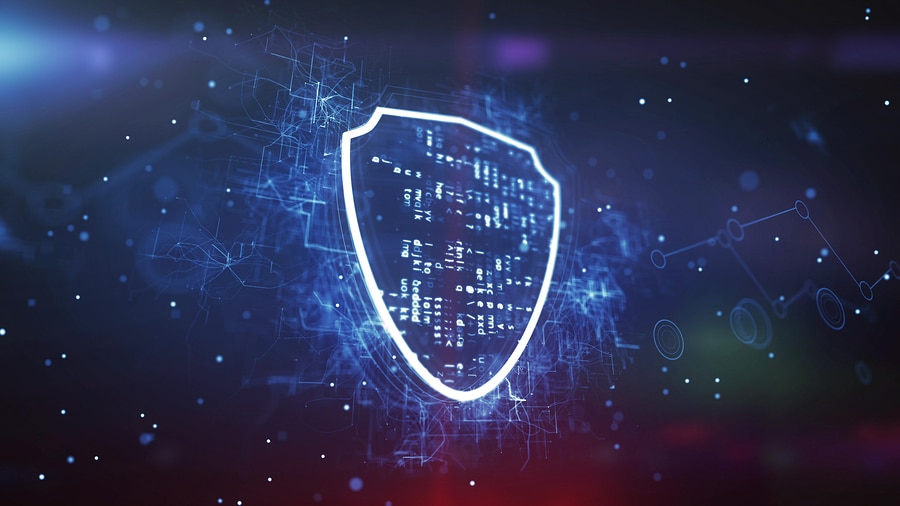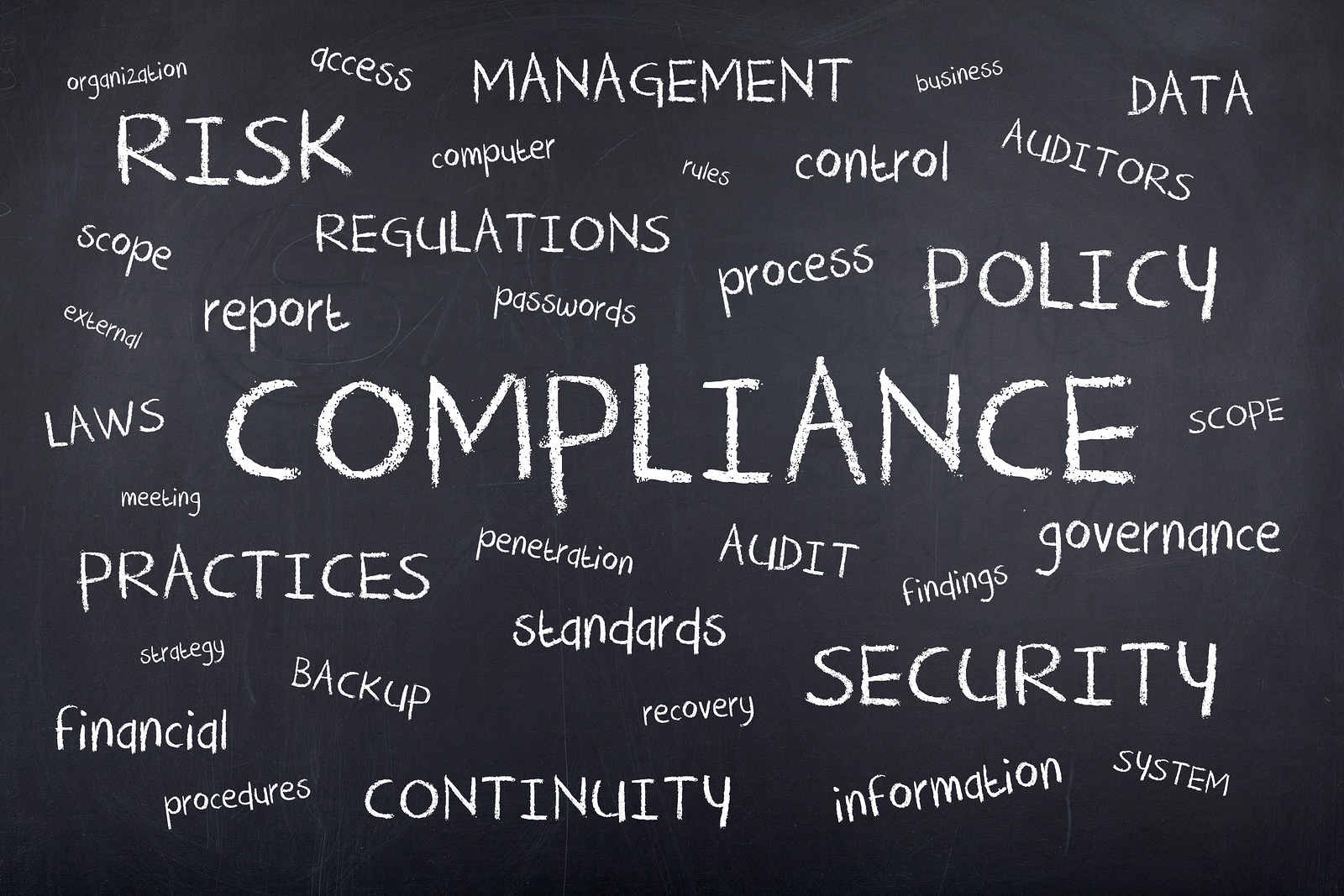
IT is leveling the playing field for SMBs. SMBs can compete on nearly-equal footing with large enterprises in today’s IT environment.

IT is leveling the playing field for SMBs. SMBs can compete on nearly-equal footing with large enterprises in today’s IT environment.

In the world of technology, proactive adopters have a huge advantage over those who wait to implement a new technology until it has been fully tested. Proactively navigating the rapidly changing world of technology has historically been most difficult for small and medium-sized businesses (SMBs). Due to the traditional cost and complexity of technology, these businesses have struggled with early adoption of cutting-edge technologies. This has allowed larger companies to dominate the first wave of benefits from emerging innovation, while smaller companies have played catch-up – or even settled for second-generation systems on a regularly revolving schedule as first-generation systems are developed.
Now, due to a much more robust, competitive market within technological innovation, as well as the ability to partner with experts in the effort to implement and stay on top of new systems, SMBs can compete on nearly-equal footing with large enterprises. Whether this occurs or not depends entirely on whether SMB owners and leaders understand and capitalize on the three areas in which technology is changing the way business is conducted: the cloud, mobility, and security. In part one of this two-part series, we’ll explore the benefits of cloud services for SMBs.
Everything as a Service: Doing Business in the Cloud
The central benefit of using cloud services is cost-effectiveness. It is the relatively low cost of cloud-based datastorage, cloud-based applications and software, and cloud-based security measures that truly level the playing field for SMBs. Implementing cloud-based services can minimize the economic impact to your IT budget by guaranteeing a predictable monthly cost and uptime for your IT environment. A managed service provider (MSP) converts your organization’s IT spend from a capital expenditure to a predictable and manageable monthly operating expense, much like a utility.
Cloud services can be tailored to specific requirements, especially where compliance may be an issue – and more and more, compliance is an issue affecting businesses of all sizes:
While compliance is something larger enterprises implement as a matter of course, smaller businesses may only begin to consider these requirements as they grow (or after they’re fined for non-compliance). When choosing cloud services, security is one of the most important considerations. You need to know where your data is stored and who has access to it, accounting for both digital security and physical security. An IT partner who focuses on maximizing the benefits of your cloud services, which scale to your need. If you store highly-sensitive or valuable information, this option is a much better fit than the public cloud and the only option for businesses of any size who require secure operations.
Understanding and implementing solid cloud, mobile, and security systems has the potential to even the playing field for SMBs. Successfully carrying out this integrated approach can help you grow beyond the traditional constraints of your industry, taking you to places you never imagined you could go. In these areas, thinkCSC has the expertise and experience to help your organization compete effectively in our evolving technological world.

IT security spending is on the rise. For many years, organizations have argued that security budgets are already stretched to the max and that there is no more room for increased security. With costly security breaches impacting governments, social media platforms, the IRS, and more small and mid-size businesses than we can count, the investment in security suddenly seems like the least expensive option.
Whether you increase your spending on IT security or simply find a better way to spend your budget, one thing is certain: what you spend on IT security is a predictable, planned cost that doesn’t send your shareholders into a panic, doesn’t make your customers question their loyalty, and doesn’t put you out of business. A security breach, on the other hand, can result in fines, lawsuits, costly recovery, and a loss of customers.
If your organization has decided to increase IT security, how do you make sure you’re getting the most out of your investment? We recommend focusing on these areas:
Email is still one of the most popular ways for hackers to penetrate your security, because all it takes is one email on one employee’s system compelling them to open an attachment or click on a link to create a breach that will affect your entire IT infrastructure. People will always be the weakest link in security. Sender policy framework protocols, hosted email exchange services, and ongoing employee training are all essential. Download our email security guide to help your employees think before they click.
Every device that touches your network needs to be secure, whether it’s an employee-owned cell phone, vendor equipment, or a field tech’s laptop. It is crucial to identify every remote device that might potentially connect to your network; have a way to both detect that connection, protect that connection, and eliminate the connection if needed. Endpoint security is the solution.
Enterprise threat detection uses predictive analytics on a powerful and global scale to recognize and block threats before they happen. Rather than relying on end users to determine the safety of a file or a site, it uses intelligence to stop threats by preventing malware-infected devices from connecting and by blocking phishing sites.
Unless you want to be permanently locked out of your data or forced to pay a ransom to restore access, having an offsite backup and recovery service is essential. The email security, endpoint security, and threat detection efforts you implement will prevent many of the ransomware attempts from getting through, but all it takes is one employee clicking on one link in one email that sneaks through to create havoc.
Effective network security that keeps your IT environment efficient and stable is about applying layers. The initial layer is a solid backup and recovery solution, protected by an antivirus solution, and then guarded by a firewall. Enterprise threat detection, email security, and endpoint security are the shields that head off attacks on your business before they happen. It’s more than peace of mind: It’s good business sense.
At thinkCSC, we believe that in order to achieve maximum success, regardless of the size or type of organization, you must make IT an integral part of your overall business strategy and partner with IT professionals who not only understand how to leverage technology to your advantage but who are also committed to understanding your business goals and aligning your IT strategy to them. We pride ourselves on having the best business-savvy technical experts in the industry. If you would like to learn how to create an IT security strategy aligned with your organizational goals, contact thinkCSC for more information.

When it comes to IT infrastructure, managed services, and even IT security, there is no such thing as a one-size-fits-all solution. Every organization – public, private, non-profit, and institutional – has unique needs and agendas, and aligning IT strategy to your business is essential. When developing your IT strategy, that you create solutions that serve your specific organizational needs.
To develop a strong IT strategy, you need to clearly understand the mission and strategy of your organization – and share that information with your managed services or IT services partner. If you do not treat IT as a valued piece of your business strategy, it creates significant risks, including:
The scope and complexity of IT has increased significantly over the last decade, while at the same time, most organizations are pushed to operate leaner than ever, doing without full-time IT departments or even an internal IT specialist. While businesses rely more and more on technology to compete and thrive in a global environment, budgets often constrain how many personnel they are able to dedicate to the effort.
Developing a comprehensive strategy requires an assessment of your current infrastructure. Are you still using legacy systems? Do you know where your essential data is and who has access to it? Are all of your licenses up to date? Is any of your hardware at risk of failing? If you were unable to access your building for an extended period of time, what would you need in order to meet your customers’ needs? Do you have any compliance or reporting requirements to which your organization must adhere?
As you work with your IT partner to answer these questions and others, you can develop a plan to consolidate servers, create security policies and protocols, and address regulatory requirements to ensure your organization is compliant. Layered network security, backup and disaster recovery, and other risk-mitigating efforts should be an integral part of the effort, along with email security, mobile device management, and secure data storage (on site and off).
At thinkCSC, we believe that in order to achieve maximum success, regardless of the size or type of organization, you must make IT an integral part of your overall business strategy and partner with IT professionals who not only understand how to leverage technology to your advantage but who are also committed to understanding your business goals and aligning your IT strategy to them. We pride ourselves on having the best business-savvy technical experts in the industry. If you would like to learn how to create an IT strategy aligned with your organizational goals, contact thinkCSC for more information.

 Business continuity has become a buzzword of sorts, but when you dig down past the surface that most people barely scratch in their discussions of business continuity, you’ll discover the true impetus behind the dialogue: survival.
Business continuity has become a buzzword of sorts, but when you dig down past the surface that most people barely scratch in their discussions of business continuity, you’ll discover the true impetus behind the dialogue: survival.
The business environment is more competitive than ever, and rather than just have to worry about the guy down the street who offers the same service you do, you now have to worry about the hundreds of global businesses who can reach right through your customers’ computers and lure them away. Combine that with our increasing desire for instant gratification, and the most important way to attract – and keep – more customers is by being able to serve them, anytime, anywhere they want.
That’s why business continuity has become the latest catchphrase – it’s about not letting potential risks interfere with your ability to deliver on your promises, whether those potential risks are artificial, environmental, or a result of technological advancements. Every business needs to be faster, more flexible, more nimble, and ready to handle whatever is thrown at them. Those that are not do not survive.
Over the next few months, we’re going to dig deep into this concept that is business continuity and what it really means for your organization and what decisions you need to make to help it survive over the long-term. But before you can really start putting together a survival plan, you must have a business continuity plan, so that’s where we’ll start.
Defining the Essential: What Does Your Organization Need to Remain Operational?
The first step in realizing business continuity is identifying the essential. What information, systems, data, and people does your organization need to continue operating? To determine the answers, you have to play the “What If” game.
What if…a fire burned down your building? What is inside the building right now that, should it be destroyed, would prevent you from being able to serve your customers?
What if…a disgruntled employee deleted essential files from your server? How would you replicate those files? Would you have a way to turn off that person’s access to your sensitive data?
What if…an employee’s cell phone, used to conduct business, was stolen? Do you have a way to remotely remove access to sensitive information?
What if…key personnel left or died suddenly? Do you have people who can fill those roles and access the information they need to keep operations going?
What if…a server suddenly crashed? What steps would you have to take to remain operational? What applications and software must be accessible have the in order to serve your customers?
As you define what you need to remain operational, be sure to explore these constituents from different angles, including financial, regulatory, branding, proprietary information, customer protection, and others. As you develop an idea of what your essential needs are, you can also identify the key personnel you will need to initiate a response to any emergency you might encounter.
Don’t wait for a catastrophic event to remind you of the importance of being able to continue serving your customers. Developing a plan for remaining operational is critical, and should be implemented before disruptions occur. By the time disaster strikes, it will be too late. Ask thinkCSC to help you develop a business continuity plan that keeps your business running, even in the most difficult of situations. Contact us to learn how.
Recent Comments